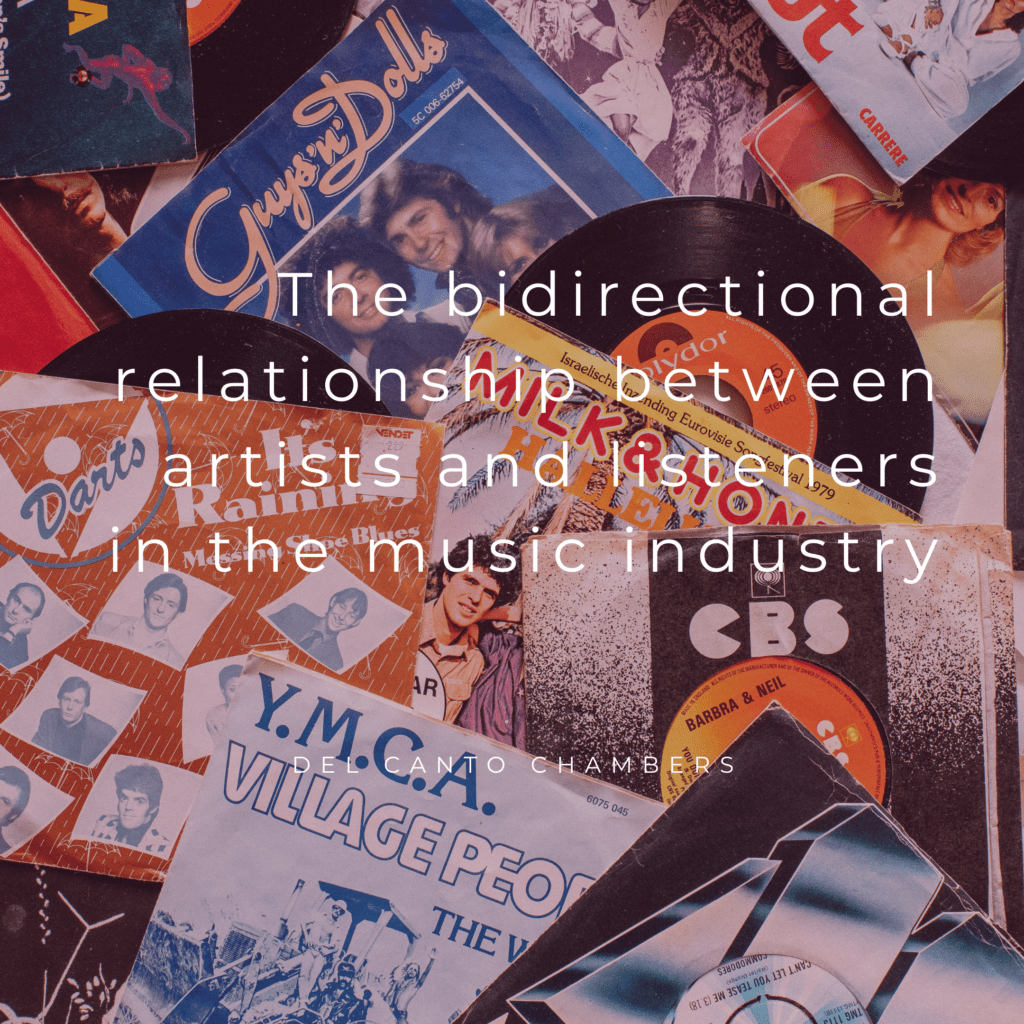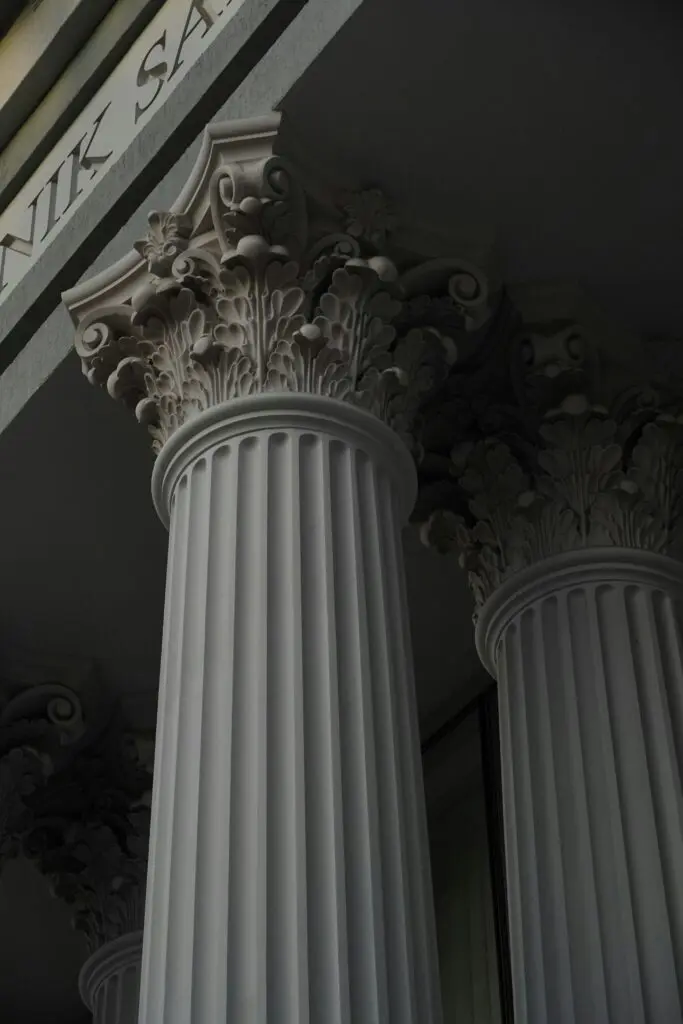The bidirectional relationship between artists and listeners in the music industry. The music industry is a living organism, constantly evolving and forever changing, not only due to its nature as an industry but also because of the elusive nature of the fourth art. The artist and listener maintain a close relationship, where music serves as a bidirectional, communicative, and sentimental vehicle.
This relationship has also evolved over the years. Increased material production created “filters” to bring listeners closer to certain artists. The figure of the music critic is a person sharing their well-developed tastes and experiences in the media, which acts as a giant loudspeaker. A playlist curator seeks to establish a marked path in an endless amount of material, creating, in their way, an interactive critique.
These figures experienced a surge in popularity throughout the last quarter of the past century and in the first years of this one. Generations that grew up with the pop of the ’70s and ’80s, the rock of the ’90s, and the new era of the 00s were greatly influenced by major music magazines and television programs like MTV, where artists of all kinds found a space to showcase their material and connect with the public.
All of this worked just fine when we were not yet addicted to the constant flow of content and could not access everything that came to mind just by thinking about it when we were not allergic to texts without images or videos longer than 30 seconds. It’s very easy to demonise regular social media users, whether it’s a matter of tradition or the passage of time. However, music production and consumption have never been higher than today. It takes only a few minutes of searching on Spotify to find over ten artists with over a million monthly listeners, not to mention the big names that move tens of millions of monthly listeners.
Traditional media is declining and does not seem to recover, at least in the short term. Nevertheless, more artists than ever have been able to increase and explode their careers without the need for record labels or appearances in magazines or television. Artists like Shawn Mendes, Lil Nas X, and even more recent ones like Jvke or Bella Poarch have benefited from or knew how to take advantage of the dynamics of social networks like Instagram or TikTok to skyrocket their careers much faster than they probably expected. It’s not only the new generations of artists who have known how to benefit from creating a strong presence on social media. Veteran artists like The Rolling Stones and Metallica have connected with their lifelong fans and new generations through social media.
The industry is nothing more than a reflection of the consumer and vice versa. Artists gain more repercussions when people consume and use their material on their social networks, and in turn, social networks rake in money the more user traffic they can get. In this format of immediacy, there is no place for those who seek to stick to the old ways.
By Federico Forero, Paralegal assistant at Canto Chambers
Media, Sport, & Entertainment law is an area that requires expert tax and legal professionals with sound knowledge of the industries across global jurisdictions. We are experienced in TV, film, media, news, sports, and entertainment, providing quick, creative, and simple solutions.







